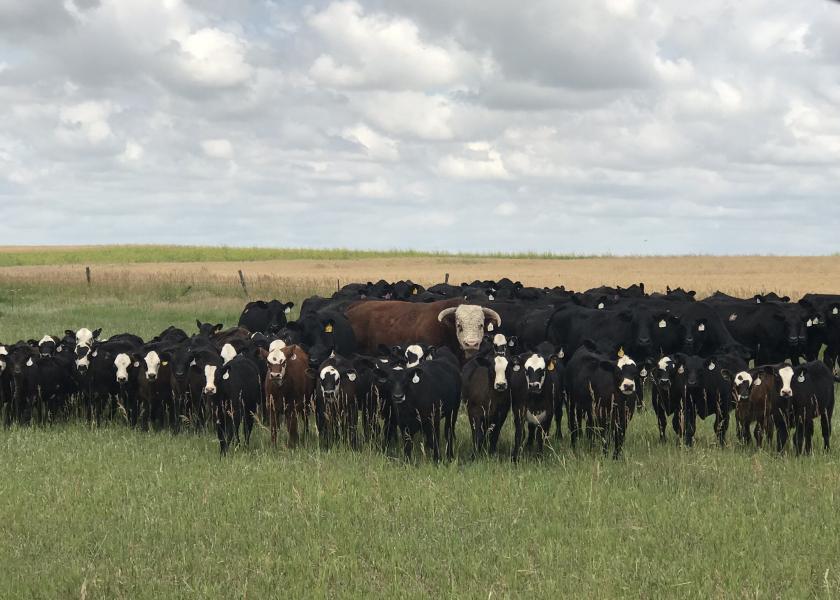Preconditioning Evolves

Preconditioned and weaned calves are worth more. That fact is borne out by data collected from calf sales over the years.
Calf preconditioning found a boost nationwide after the 2013 release of data collected by Superior Livestock Auction reporting premiums for preconditioned calves of $6 per cwt over non-preconditioned calves. That typically meant a total premium of $30 to $36 per head. Order buyers say such premiums have existed in the years since, primarily because sick cattle are so expensive for cattle feeders.
Given the value of cattle, feedyards closely track cattle health and performance and know the value of preconditioned calves. Tom Brink, CEO of the American Red Angus Association and a former vice president at JBS Five Rivers cattle feeders, says data suggest unweaned feeder calves should be discounted about $150 per head.
In fact, the demand for weaned calves with documented health records has become so strong that auction premiums are receding while steep discounts may apply. That’s a trend Kelli Payne says is developing at Oklahoma City National Stockyards, the nation’s largest feeder cattle auction market.
In previous years, Payne says OKC Stockyards separated preconditioned calves to sell in designated sales, but the practice has stopped.
“We found there were so many preconditioned cattle coming to town that they far outnumbered the cattle that weren’t preconditioned,” Payne explains. “It’s a testament to the producers that are doing the right thing.”
Payne says regular buyers at OKC have stated they’re witnessing a shift away from premiums for preconditioned calves and more discounts for non-preconditioned calves.
John Parker, who operates Paramount Livestock LLC, an order buying service in Oklahoma City, confirms there’s a demand shift occurring among auction market buyers.
“I’m a huge advocate of preconditioning,” Parker says, but he urges producers to compare apples to apples when evaluating preconditioning. “Marketing dates for non-backgrounded calves will be 45 to 90 days earlier than for preconditioned and backgounded calves. That makes a big difference when those calves will come out of the feedyard, say April versus June.”
Parker buys 125,000 to 150,000 feeder cattle a year for cattle feeding customers, and he says the value on any given set of calves is based on health and their expected finish date in relationship to the futures market.
“If I look at the April Live cattle board today versus the June contact, there’s a $6 per cwt difference in favor of April, or $80 per head,” Parker explains. “So that naturally dictates what feedyards can pay for calves.”
To capture that value, Parker suggests calf producers might want to wean and precondition calves earlier in the fall, a practice that could also offer benefits to cow condition ahead of winter.







